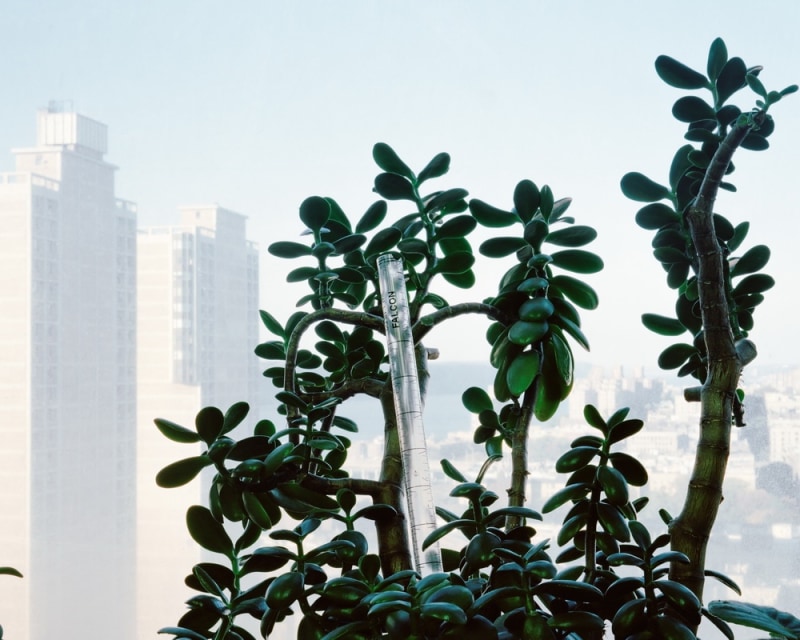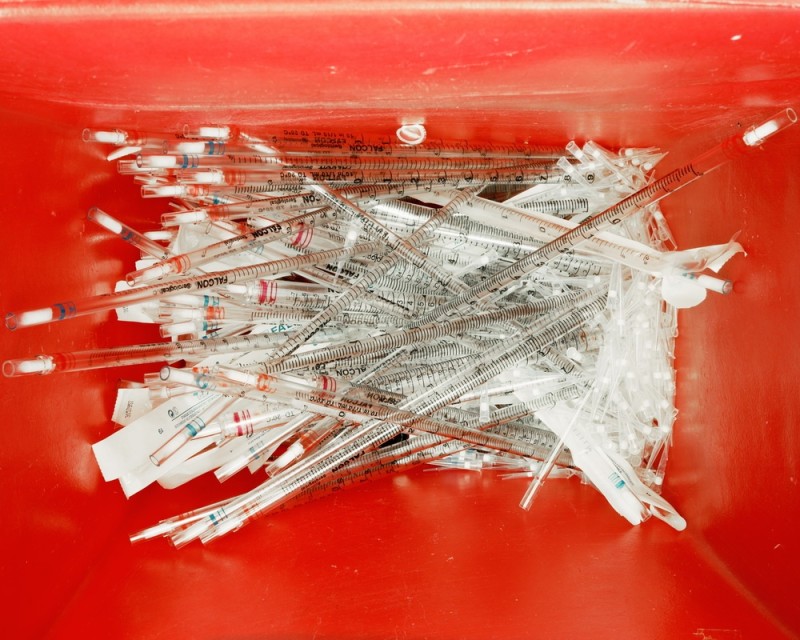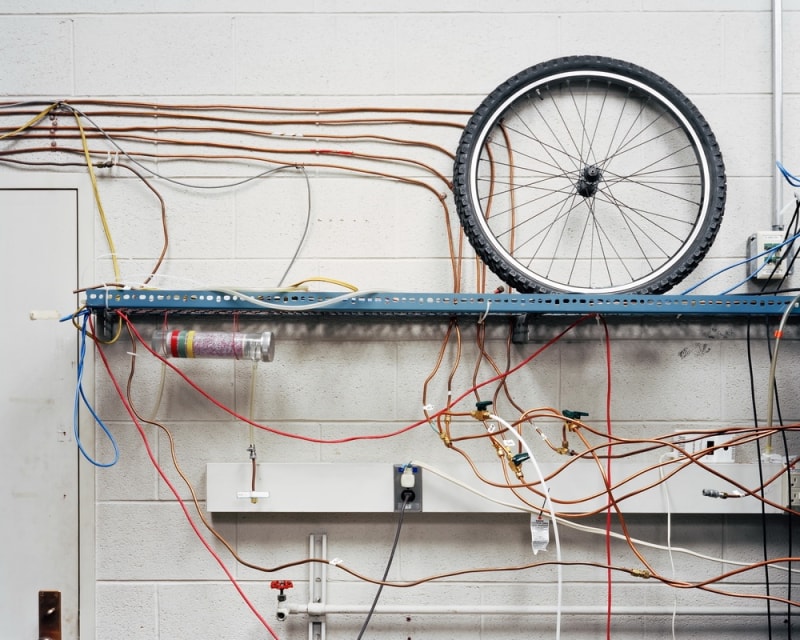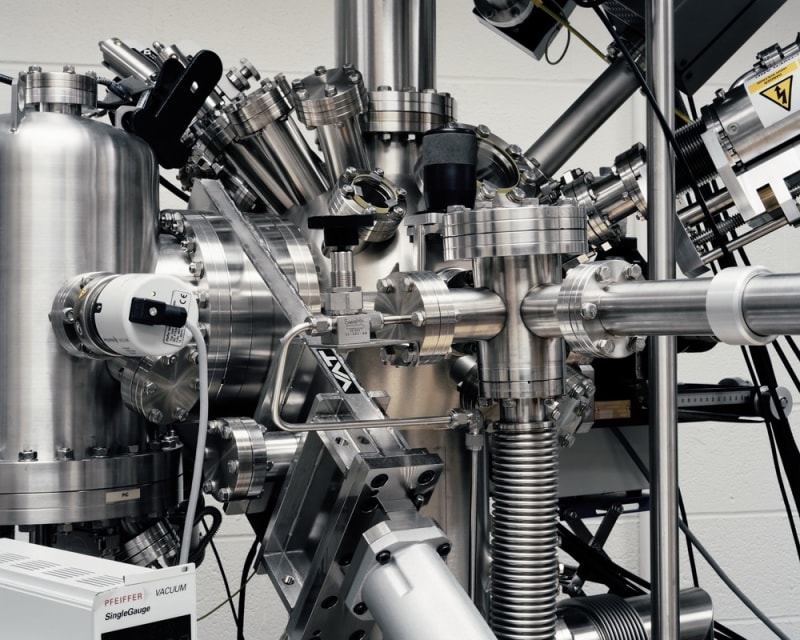ABOUT THE artist
b. 1989. Lives and works in New York, USA.
Liu Zhangbolong studied material science and engineering at Tsinghua University. He has been an MFA candidate at the School of Visual Arts since 2012, studying photography, video, and related media.
About the Work
The Laboratory Series
Art and science are always separated into opposing camps. When we think about science, the first conception comes to mind is objectivity. Although we have already been so accustomed to this word, we don’t know exactly what it means to science. In fact, the notion and the word objectivity was created no more than 300 years ago, so was subjectivity. But the history of art and science began so much earlier. The relationship between them is much more complicated and it is far more than the two poles of magnet.
Being trained in a scientific way during my undergraduate years and stepping into the art world after that, I have been thinking the equilibrium point between them all the time. Back history, the convergence of science and art emerged hand by hand with the conception of objectivity during 18th century. Scientists behold artists as their hands without mind to draw some idealizing pictures as illustration for scientific atlas. With the coming of industrial age, scientists were trying to dispense their dependence on artists and achieving mechanical objectivity by one emerging technology – photography. During 20th century, scientific tools and theories have become a new arena where artists could embed their conception. However, just as C. P. Snow said in his 1959 lecture “The two cultures and the scientific revolution”, this is not the right way that science could do any good to art. Science has to be assimilated along with, and as part and parcel of, the whole of our mental experience. And it should be used as naturally as the rest. Not just borrowed exotica. That is the initial point of my practice.
The fundamental problem bothering scientists for hundreds of years is the way of observing and documenting. To me, the foundation stone of my practice is the approach of seeing I choose. Rather than being a participant, I would like to be a spectator keeping certain distance from my subject. It doesn’t mean I choose to be objective. After all, the will to be willessness is ultimately a subjective intention. By saying to be a spectator, I incline to compare my creation process with scientific experiments process. Scientific experiments process requires a series of precise operations within rigidly structured environments: depositing particles on silicon slice, gathering signal reflection from sample’s surface, and analyzing data through computer program. As a scientist, one needs to gather every group of information in order to draw a proper conclusion.
As an artist, I choose to document every detail so as to unfold the panorama. On this level, I become a spectator as both scientist and artist.
In most cases, science is based on collecting images or data from experiments and uses them to conclude or demonstrate theory, which means a process from concrete to abstract. In the realm of art, photography is concerned as the most realistic way to capture concrete views. But consider the way it cuts out a fragment from real life, eliminates all other information from environments, that is a way of abstracting. They both devote themselves to reveal the real entities of an unintelligible world, behind phenomena. When I am using a camera to see the world, it is always like the way a scientist uses microscope observes his samples. Quoting Nabokov’s words, “by minifying the huge and magnifying the tiny, we get to the equilibrium point between knowledge and imagination. And that is where art lives.” Photography gives me this ability to dissect what appears in front of my eyes and reconstruct the connections under my own understanding. It is not a looking at or a looking through but a looking with.
Photography also becomes my approach to scrutinize the position that I am standing on. It is different from the role it played in early ages that tried to build an instable bridge between science and art, just as I am not attempting to connect them. Instead, I am using this art form under the guidance of scientific spirit and the procedures of scientific experiments to study what science means to me. The equilibrium point I am searching for between science and art is like the particle in uncertainty principle, the only difference is, instead of position and momentum, the pairs of my “physical properties” here are science and art. The more precisely the one of them is determined must lead to the less precisely the other one can be known.





